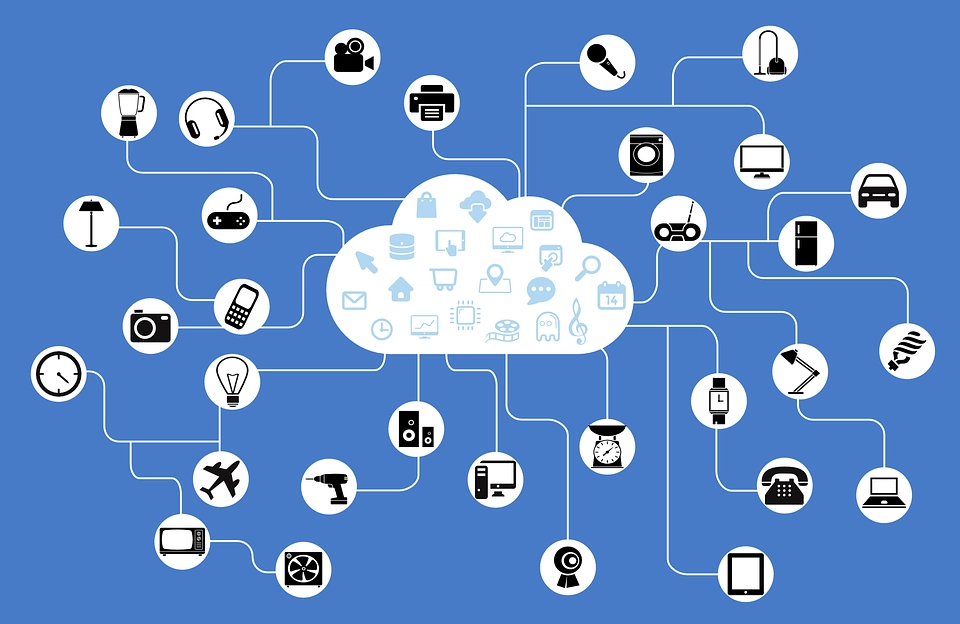A Brief Introduction to the Internet of Things
What is the Internet of Things?

The Internet of Things is a system of interrelated devices connected to the internet to transfer and receive data from each other. In short, it is a giant network with connected devices. These devices gather and share information about how they are used and their environment through embedded sensors. These sensors continuously emit data about the working state of the devices.
The Internet of Things is heavily dependent on machine learning – a type of artificial intelligence, in addition to big data. When artificial intelligence and big data are combined with the Internet of Things, devices can sense their surroundings, analyze data, learn, make decisions, and act on that data, like humans, but without any human involvement. Therefore, the devices get smarter as they collect more data.
What Are Examples of the Internet of Things?
In the 21st century, people have smart appliances, cars, homes, cities, farming, retail, and healthcare. In addition, the Internet of Things is redefining our lifestyle and transforming the way we interact with technology. For example, smart appliances, such as refrigerators can be connected to the internet and monitored remotely. Then, these devices can send the homeowner text messages informing them that they are out of milk.
Smart Wearables
Smartwatches and bracelets can monitor and track user preferences and habits, such as sleeping patterns, and communicate that information on a wireless network. For example, smartwatches can monitor the individual’s blood pressure and breathing. In the event of elevated vitals, the smartwatch will notify the wearer and even electronically dispatch an ambulance to their location.
The smart device can also suggest what medicine the individual should take while recording and electronically transmitting their vital signs to their primary care provider. Additionally, clinical trials are currently being conducted to develop a smartwatch that monitors blood sugar levels. The goal of the watch is to offer individuals with diabetes a noninvasive way to track their glucose levels in real-time.
Smart Homes
A smart home is also a great example of the Internet of Things, where home appliances like the air conditioner, thermostat, and security alarms are interconnected. As a result, the house can respond to the owner’s every request by learning their habits and developing automated support. For example, when a person’s alarm goes off in the morning, the Internet of Things system sends a message to other devices in the home.
For example, the window blinds will open, the coffee pot will turn on automatically, as well as the thermostat. Moreover, when the individual gets out of bed, their voice assistant, such as Google Home or Amazon Echo, will inform them of the weather, make clothing recommendations based on the forecast, present their calendar events, and give reminders.
Privacy Issues and Ambiguity
Although these devices have the power to make people’s lives more convenient, the emergence of new technology also brings a new set of challenges. First, there is a level of confusion around its standards, policy, and governance. One security glitch may be all it could take to harm personal and professional data privacy. Of course, high-security measures are taken to protect the information, but there is always the risk of hackers breaking into the network and stealing data.
Moreover, the privacy issues lead to the question of governance, which may also lead to other problems. If one company is going to control the Internet of Things, this may lead to a monopoly. If there are multiple companies, it may breach consumer privacy.
Also, even though smartwatches can effectively recommend the appropriate medications that a person should take in case of emergency, many people are wary about this matter and consider it risky and unsafe for users to rely on a watch rather than a medical professional.
Conclusion
The Internet of Things is revolutionizing how people interact with our devices and shaping how they live their lives. So far, the Internet of Things is deployed for smart homes, wearables, and healthcare. With such a diverse range of applications, the future of the Internet of Things looks promising with endless possibilities such as edge computing, 5G growth, and hyper-automation.



